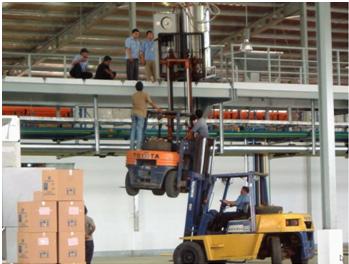Nmang Forklift Safety Test
- AFI 24-301
- AFOSHSTD 91-46
- OSHA
2.
You may optionally provide this to label your report, leaderboard, or certificate.
Submit
×
Thank you for your feedback!
















